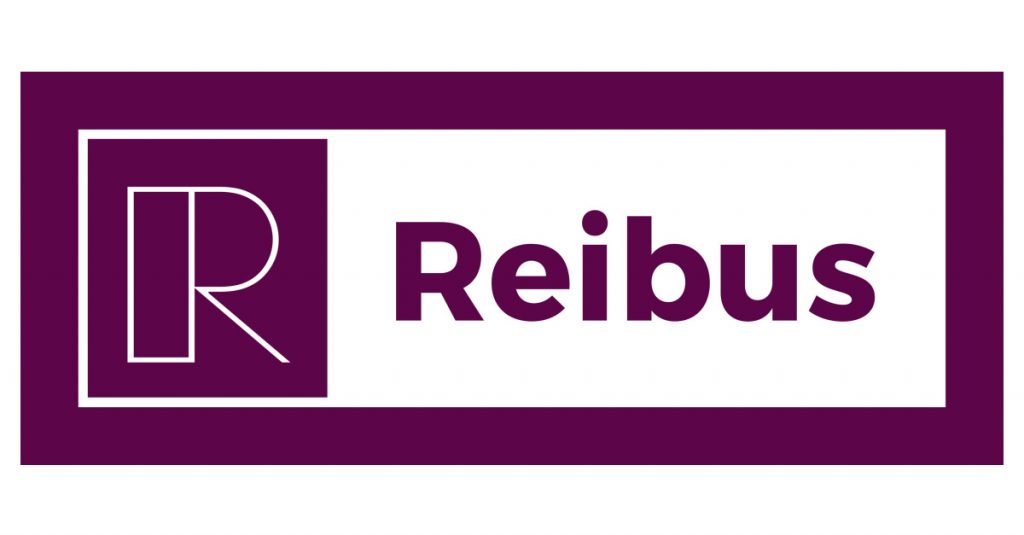SMU Community Spotlight
Final Thoughts
Written by Michael Cowden
December 18, 2022
Trying to neatly summarize the North American steel market right now can give you a case of cognitive dissonance.
Domestic mills think they have some momentum, and they’re trying as hard as they can to get prices higher for Q1.
![]() Case in point: ArcelorMittal has put the heft of one of the world’s largest steelmakers behind a round of price hikes initiated last week by Cleveland-Cliffs.
Case in point: ArcelorMittal has put the heft of one of the world’s largest steelmakers behind a round of price hikes initiated last week by Cleveland-Cliffs.
Cliffs said it was targeting base prices of $750 per ton ($37.50 per cwt) for hot-rolled coil, a figure that ArcelorMittal appears to be looking to achieve as well. That’s well above SMU’s current spot price — $670 per ton ($33.50 per cwt) — for HRC. And it’s hardly the highest number out there.
Wolfe Research Inc. metals and mining analyst Timna Tanners forecast on an SMU Community Chat late last month that HRC prices would average $775 per ton in the first quarter. That’s not the highest number out there, either.
HRC futures ended last week around $800 per ton for January, February, and March. Huge caveat: Futures don’t predict the future. There can be factors unrelated to supply and demand — a short squeeze, for example — that can lead to fluctuations on futures markets that might not reflect what’s happening in the physical market. That’s not the point, though. My point is that there is real bullishness in some corners of the market.
What explains it? Is there an upcoming furnace idling I’m not aware of? Will infrastructure spending or provisions in the Inflation Reduction Act stimulate demand more than I realize?
There is general agreement among the people I talk to that sheet reached a near-term bottom in November, and will continue to move upward into 2023. The debate is over how much higher prices might rise from here. My concern is that I’m not hearing the bullishness among some of my industry contacts that would typically come with conviction that HRC could hold around to $750-800/ton.
Big questions remain about underlying demand. ISM CEO Tom Derry on his Community Chat last week said there is a 50-50 chance the US economy avoids a recession. He also noted that the risks of a recession in manufacturing were higher. The overall US economy can avoid a recession even if there is a manufacturing downturn simply because services are a much bigger portion of domestic GDP than making stuff, Derry noted.
That, unfortunately, more closely matches what I’ve been hearing from some of you than does talk of $800/ton HRC.
One service center executive told me that his company had seen a significant uptick in business activity following the mill price hikes. “People who hadn’t inquired in months are now inquiring again,” he said.
Some have been surprised when told the prices they were offered two weeks ago — lower prices that they didn’t commit to at the time — are no longer valid because prices this week are higher. They had become used to prices falling from one week, and the realization that the downtrend is over has come as a surprise, the executive said.
But even with recent rebound activity, it’s hard to see how HRC prices get to ~$800 per ton and stay there. “We are cautious. Not cautiously optimistic. Just cautious,” he said. “We are going to try to make money for the next 2-3 months and then hunker down.”
One big reason for concern, besides uncertainty about demand beyond current restocking, is the certainty of increased supply. “We think it could get ugly this summer,” the executive said.
A manufacturing executive echoed those concerns. He said his company is still busy filling orders from its usual customers. Some, however, are buying less.
“You can’t sell from an empty shelf. And at some point, everyone’s got to place orders,” the manufacturing executive said. “But everyone is waiting to see what the economy is doing. Q1 is going to tell us a lot about what to expect for the whole year.”
His wish for 2023, one expressed by other sources as well, is that we might see a return to the mini-cycles that characterized the domestic steel market before the pandemic, and before the shock of Section 232 tariffs.
Imagine if US HRC cycled between approximately $700 per ton and $800 per ton! That would allow mills to be profitable and would make forecasting possible again. That hope is balanced by the fear that some unexpected event will come along and “upset the applecart” — leading to yet more volatility, he said.
By Michael Cowden, Michael@SteelMarketUpdate.com

Michael Cowden
Read more from Michael CowdenLatest in SMU Community Spotlight

Flack: ‘Hedge your bets,’ it’s going to get bumpy
Jeremy Flack of Flack Global Metals weighs in on USS, tariffs, and hedging in today's market.

JSW USA CEO Simon sees ‘exciting times’ in steel amid tariff volatility
SMU interviews JSW USA CEO Robert Simon.

SMU Spotlight: CRU’s Paul Butterworth talks EAFs, CBAM, and decarbonization
Last month I traveled to Sweden to the CRU Steel Decarbonisation Summit in Stockholm. I wanted to see if the European take on decarbonization was broadly different from what we are talking about here in the US.

Exclusive: SMU talks the evolution of Reibus with new CEO Jared Rowe
Reibus International Inc. is a growing and maturing company, finding its way in the world of steel. Like any youngster, it is moving through growing pains and pushing through to reach new heights. After rapid growth in its infancy, six-year-old Reibus is now naturally transitioning from being a founder-led company to a management-led one, according to its new leader, Jared Rowe.

SMU Spotlight: Tabitha Stine talks Nucor’s path to a sustainable future
Across industries and nations, it’s clear sustainability is the path towards the future. Moving ahead means creating dialogue and building bridges. For Nucor, building bridges means reaching out to new audiences. Actually, it also literally means soon building bridges from the plate made at its Brandenburg mill in Kentucky.
